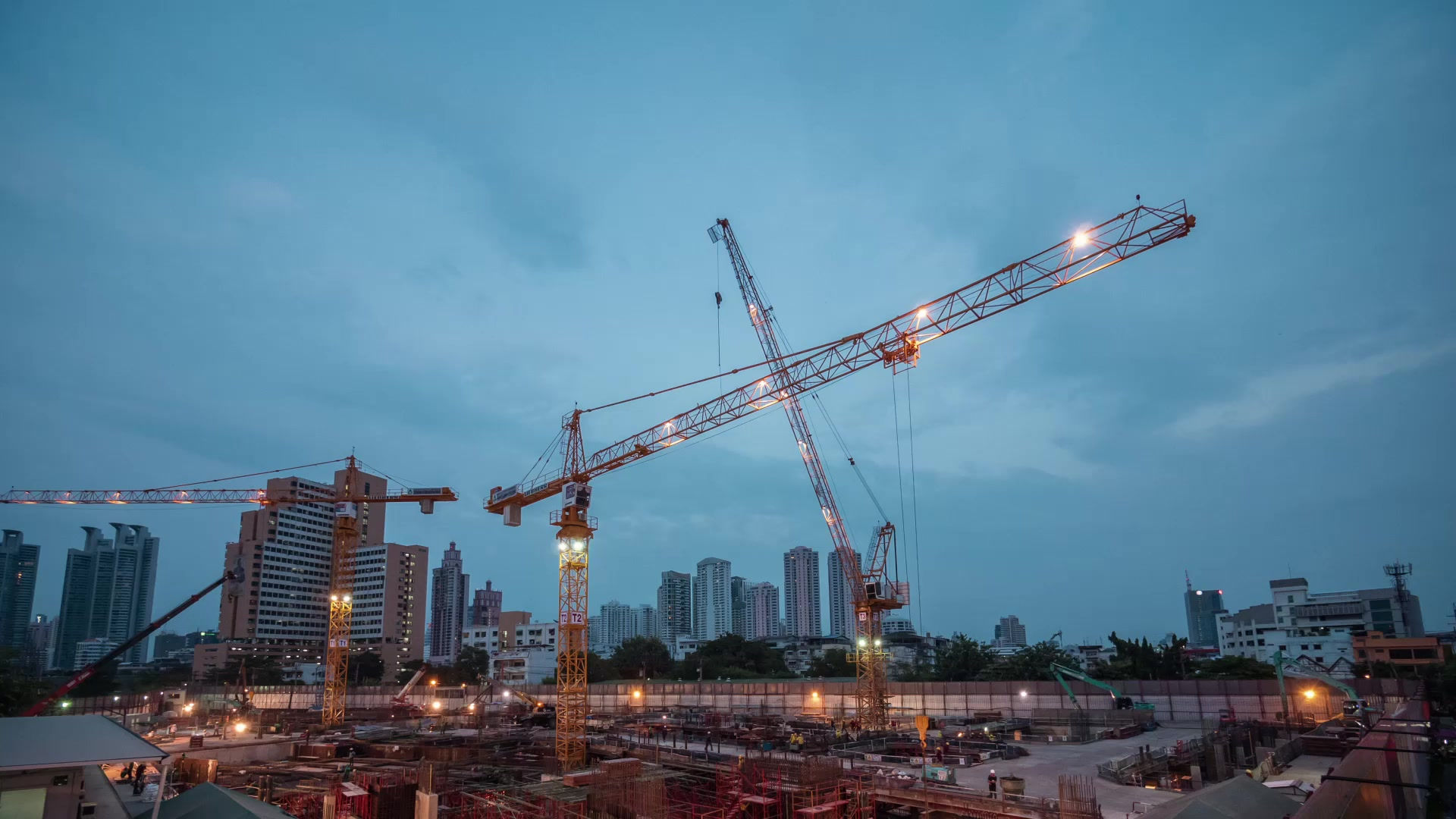Fire Stopping Explained: What is it, why it fails and how to get it right
- Scott Fowler
- May 27
- 2 min read

Understanding fire stopping
Fire stopping is a crucial component of passive fire protection, yet it is frequently misunderstood or poorly executed. In simple terms, fire stopping is a method of sealing any openings or gaps in fire resisting elements, such as walls, floors and ceilings, to prevent the spread of fire and smoke. These penetrations often result from pipes, cables, ducts or structural voids. When they are not properly sealed, they undermine the building’s compartmentation strategy.
Why it matters
The purpose of compartmentation is to contain fire within a single area long enough to allow safe evacuation and intervention by emergency services. Even a small unsealed service penetration can completely compromise a 60-minute fire-rated wall. It’s not just about fire either, toxic smoke can spread rapidly, often before flames do. That’s why Building Regulations and BS 9999 demand correct installation and maintenance of fire-stopping systems.
Common Failures in the Field
- Gaps filled with non-compliant materials (e.g., foam or plastic sealants)
- Fire stopping installed incorrectly around services
- New installations that breach fire compartments but are never re-sealed
- Lack of labelling or documentation to verify compliance
How to Ensure It’s Done Right
- Use tested and certified systems with third-party accreditation
- Maintain clear fire stopping documentation
- Label fire stopping locations for future reference
- Ensure installers are qualified and trained
We provide detailed fire stopping inspections as part of our compartmentation surveys, along with practical, regulation aligned remediation guidance. Whether you manage a school, office block, care home or commercial property, we help you secure the unseen and often most vulnerable parts of your fire safety strategy.
Are your service penetrations secure? Book a fire stopping inspection with PyroActive and plug the gaps in your compliance plan.




Comments